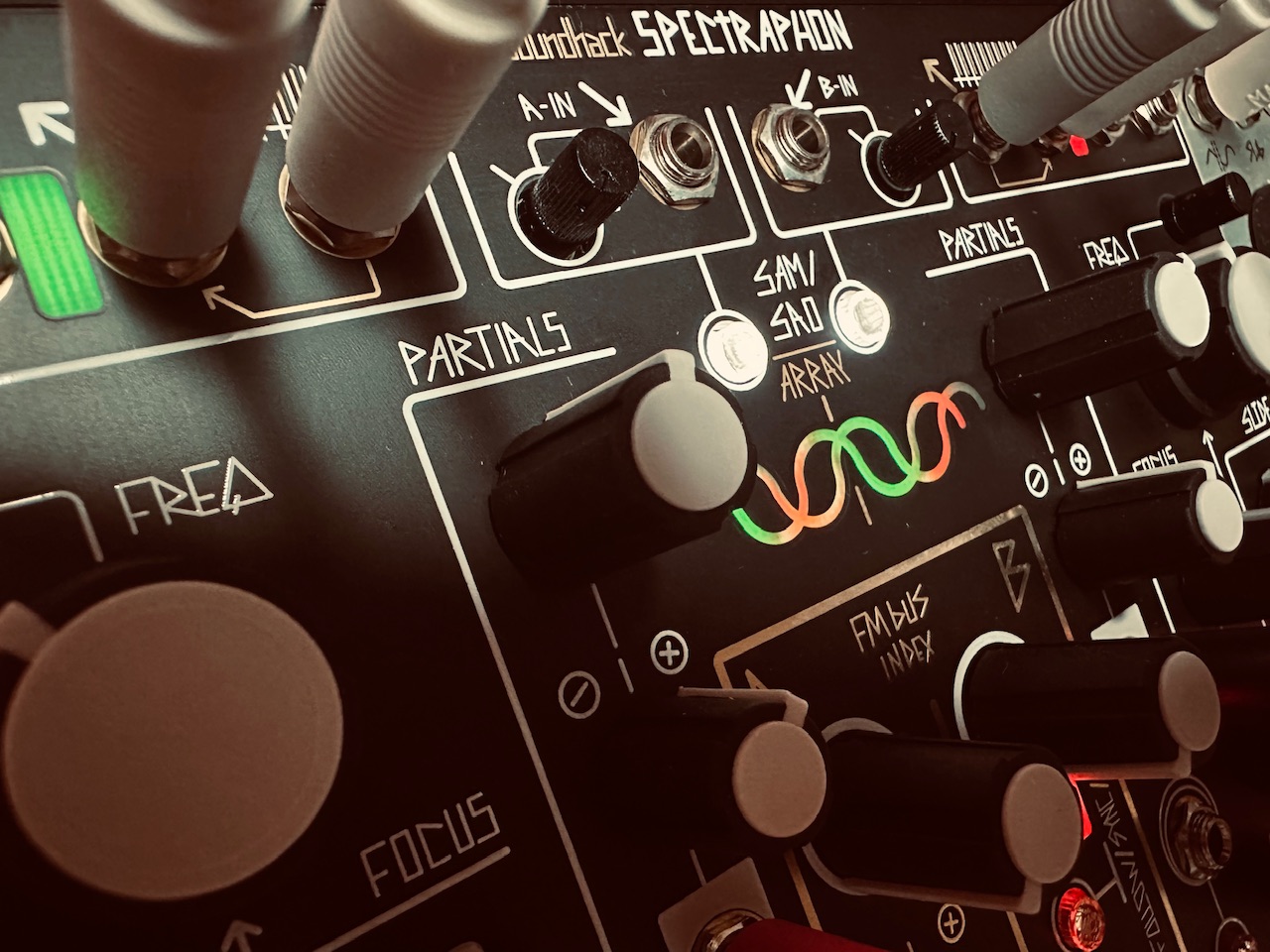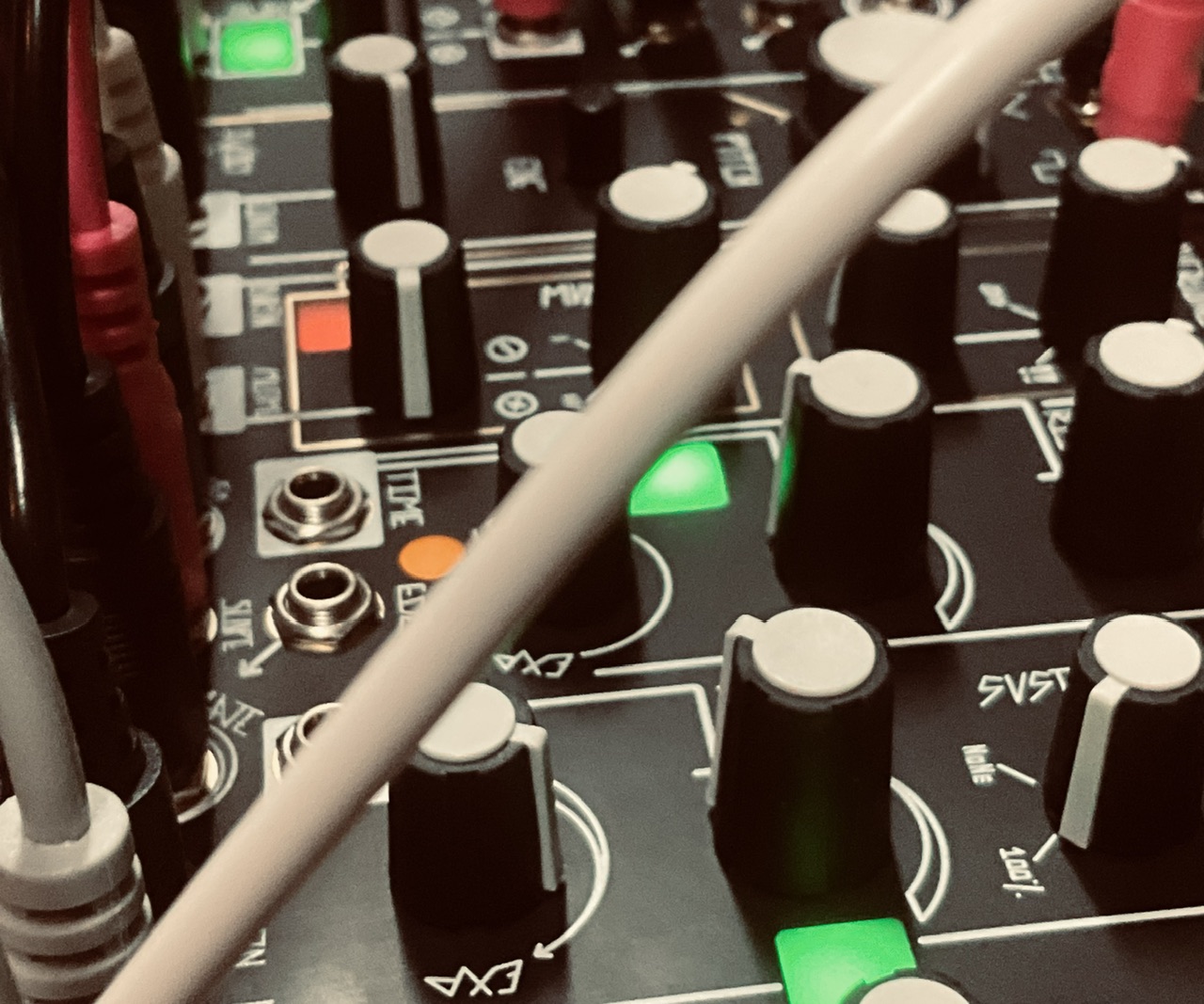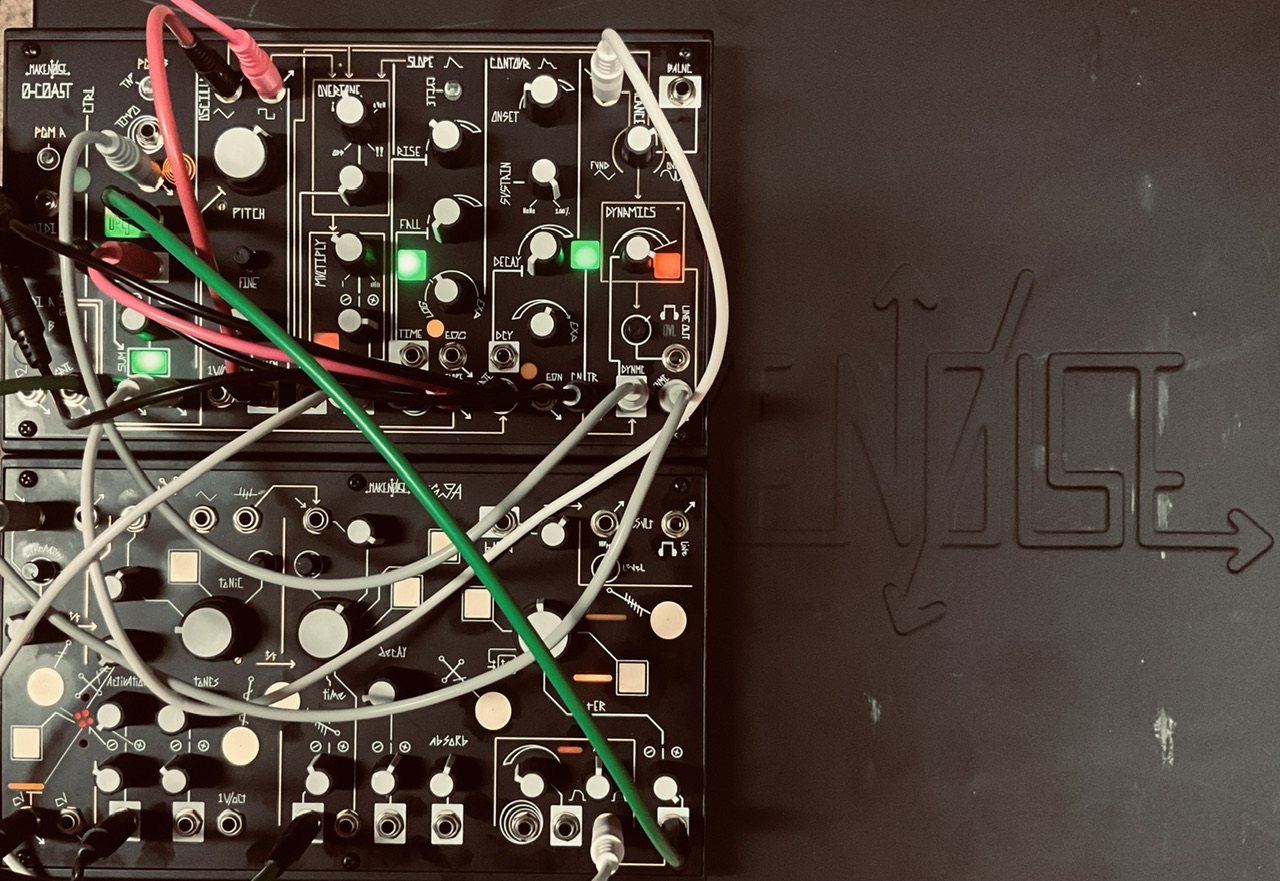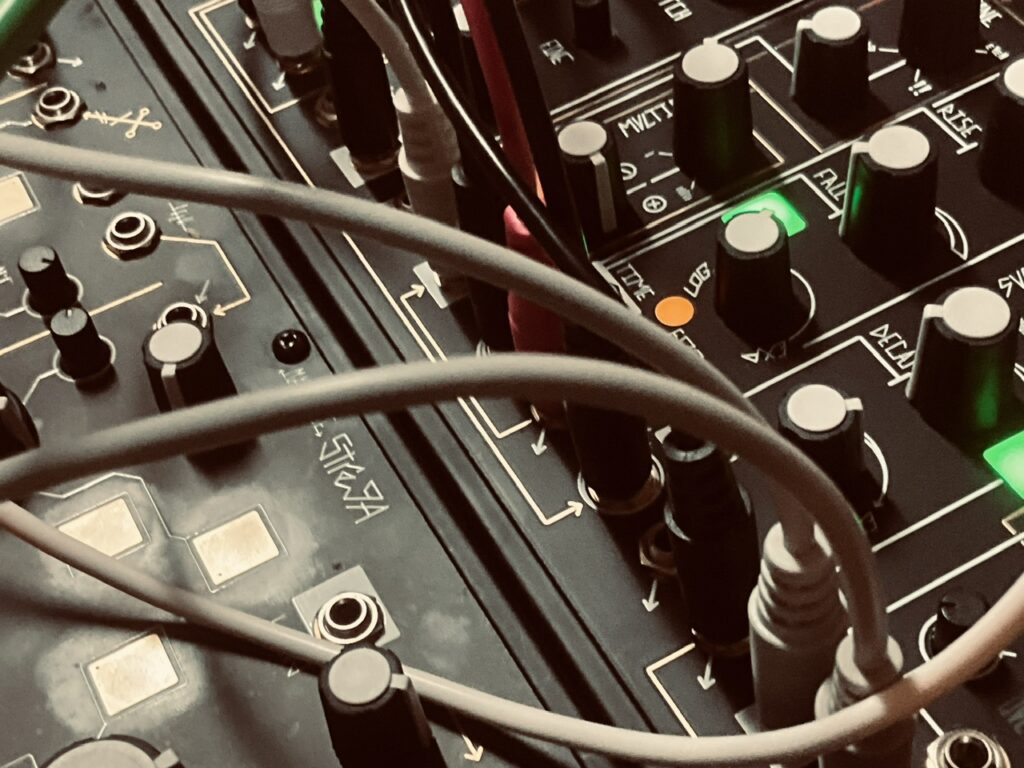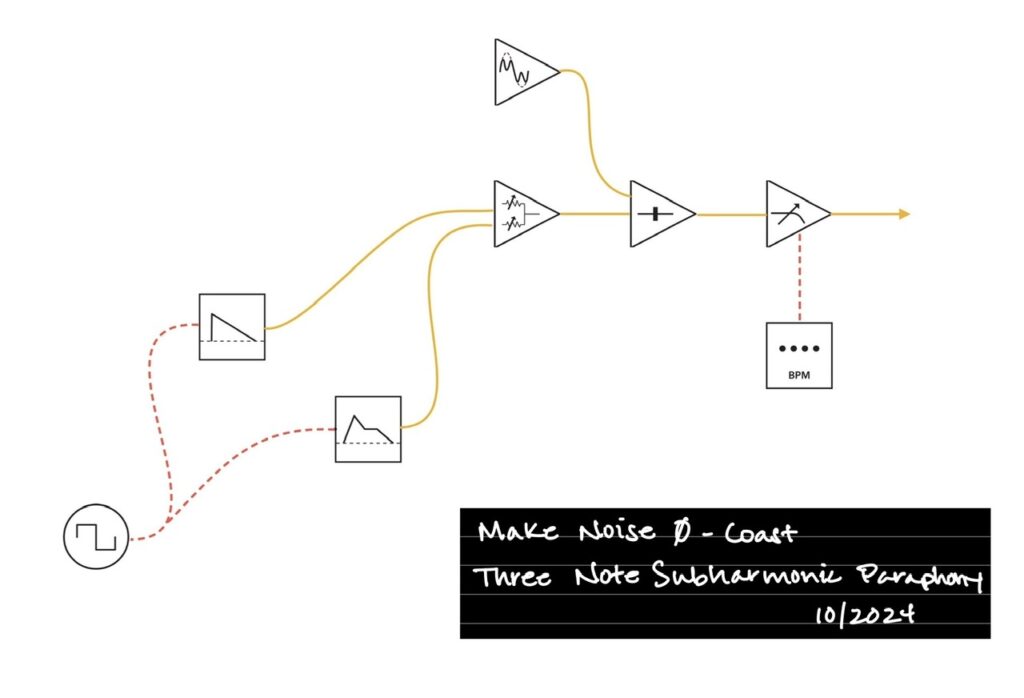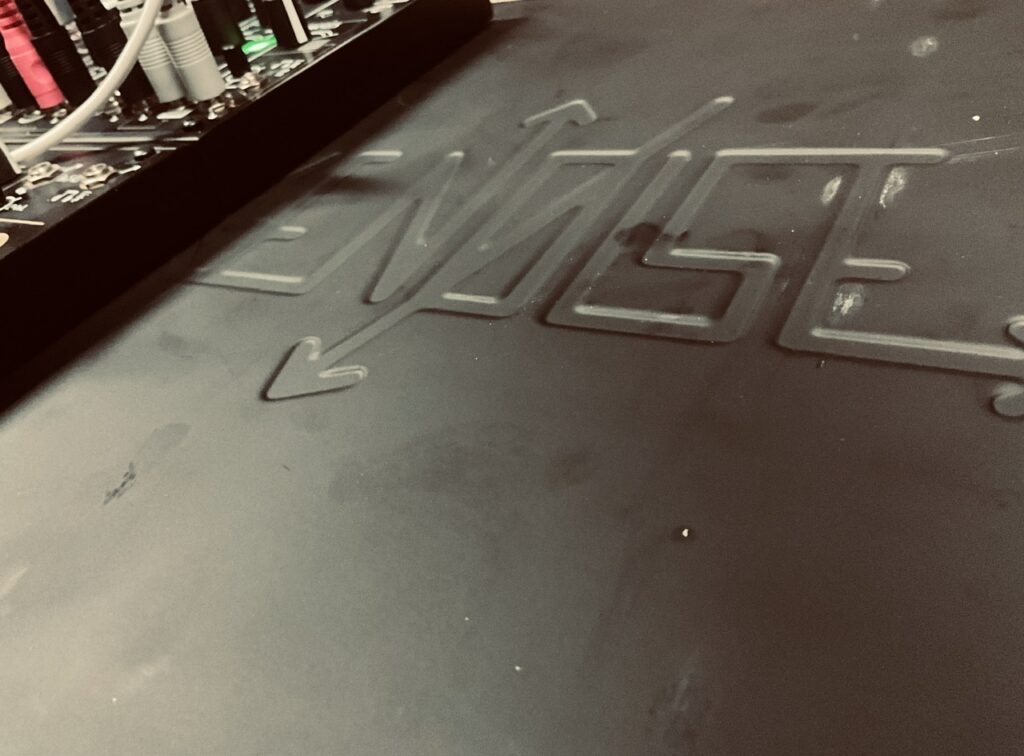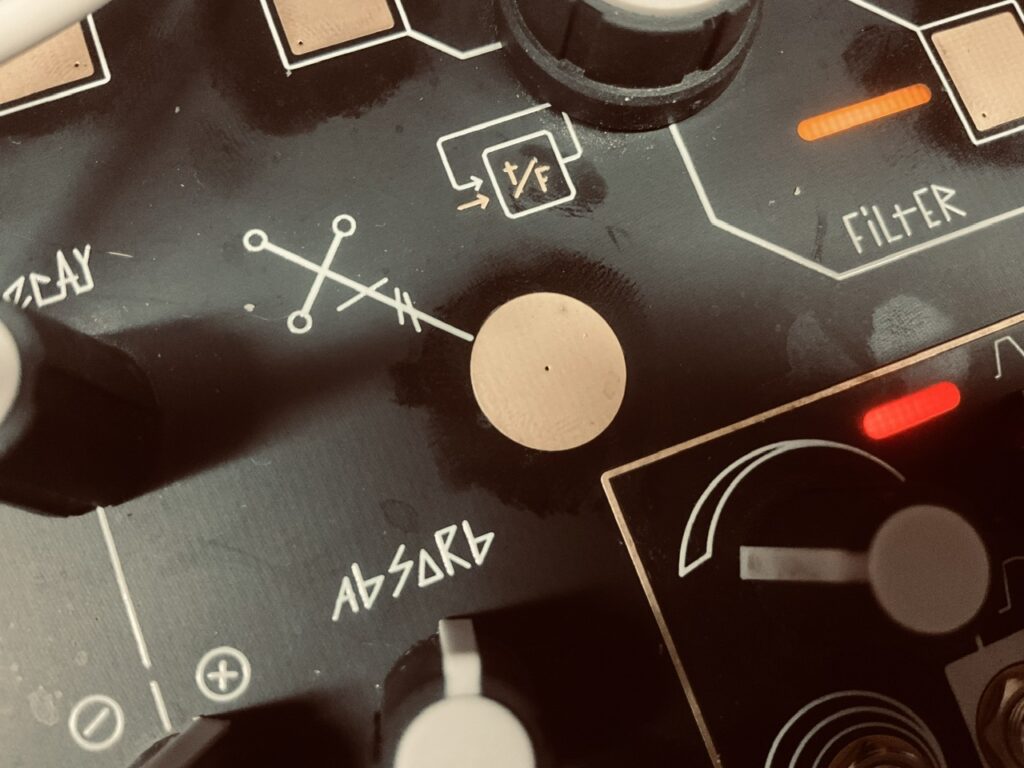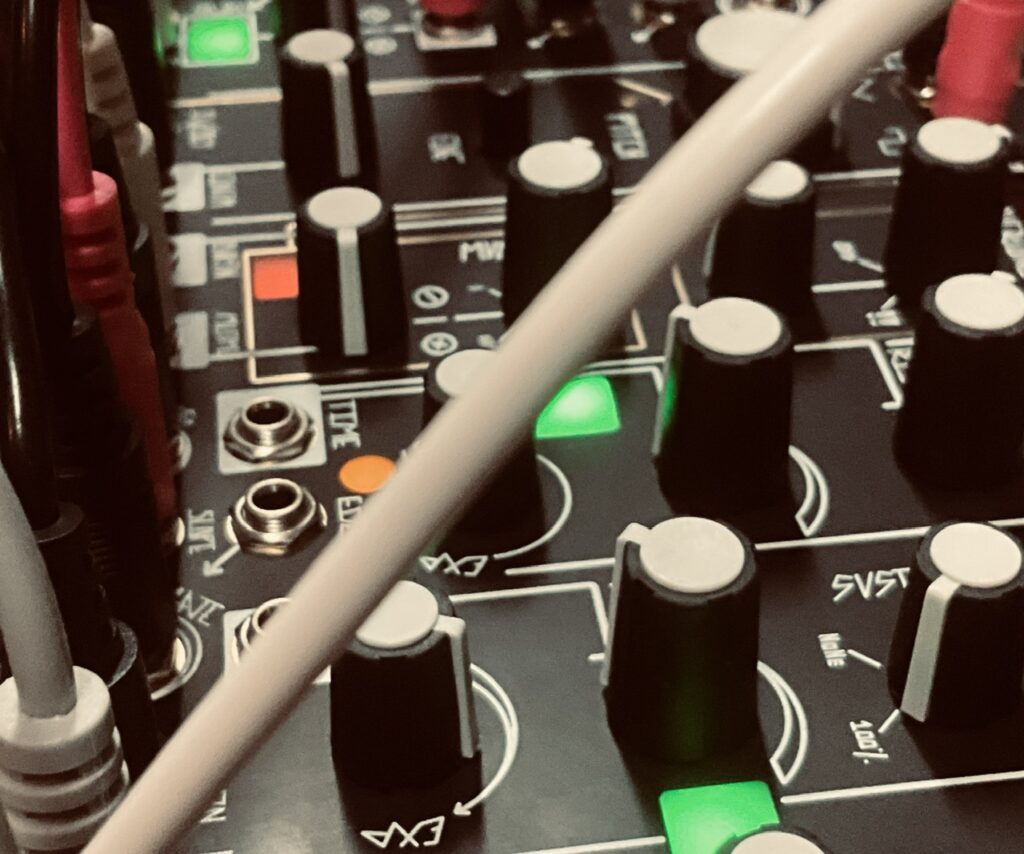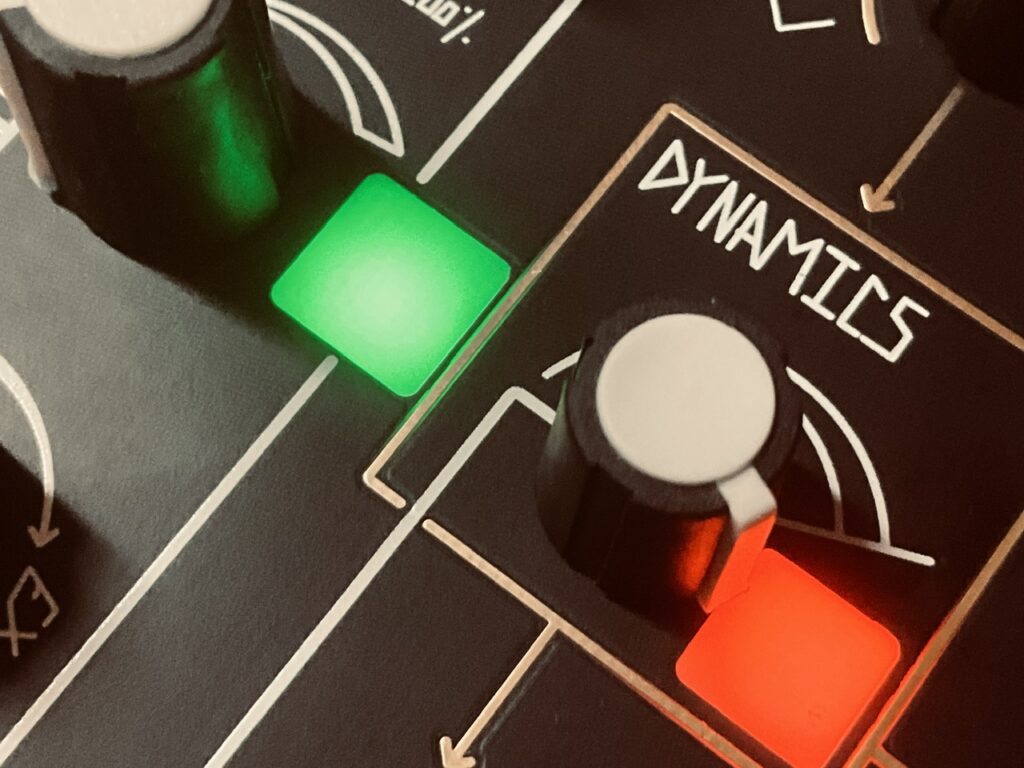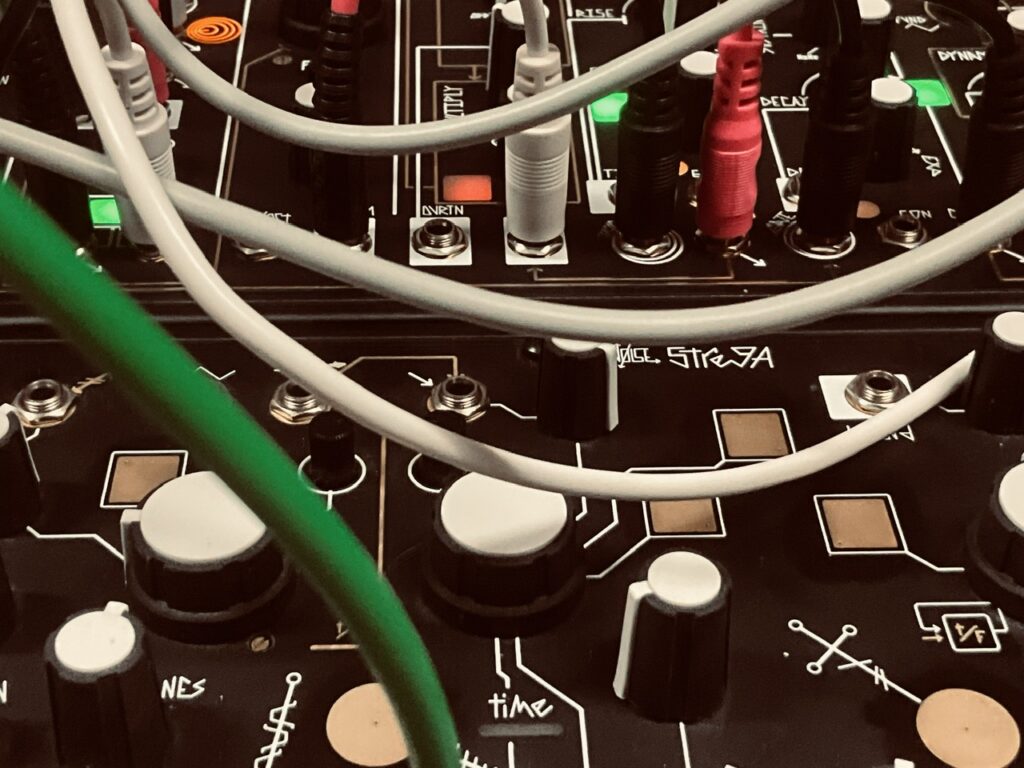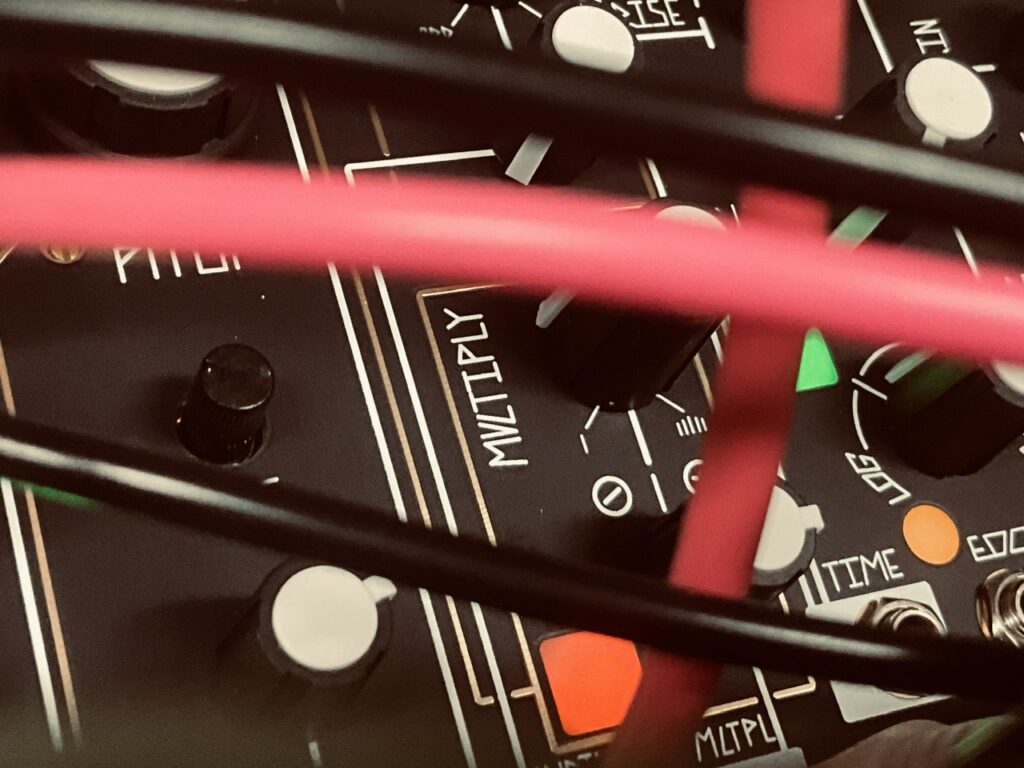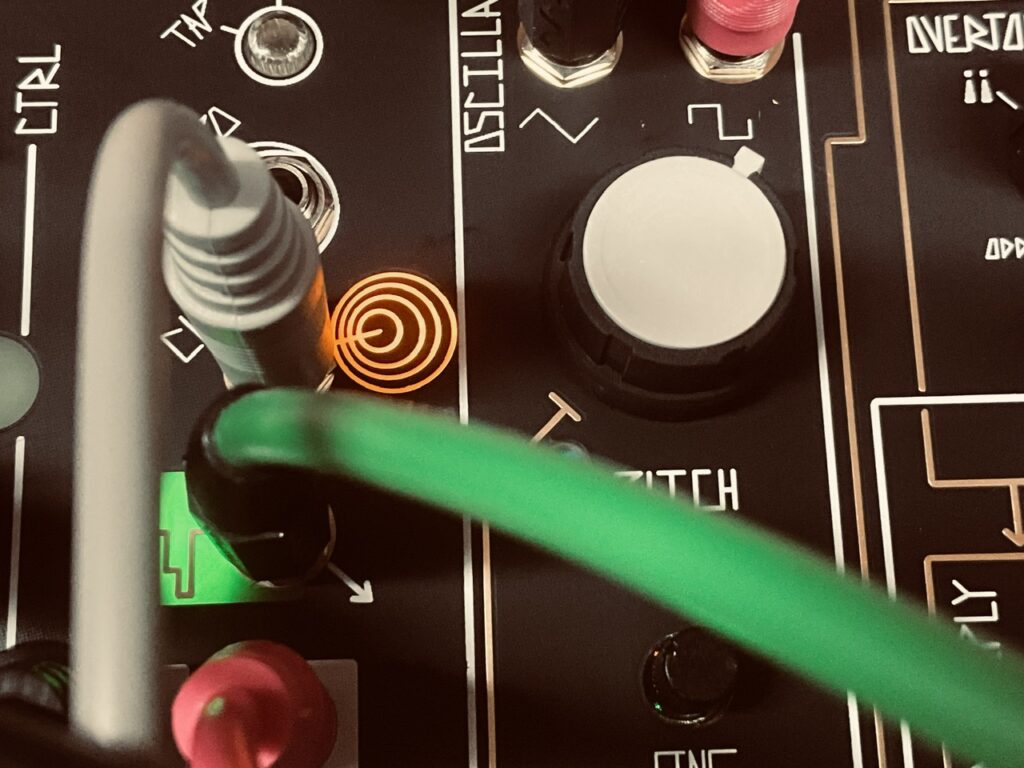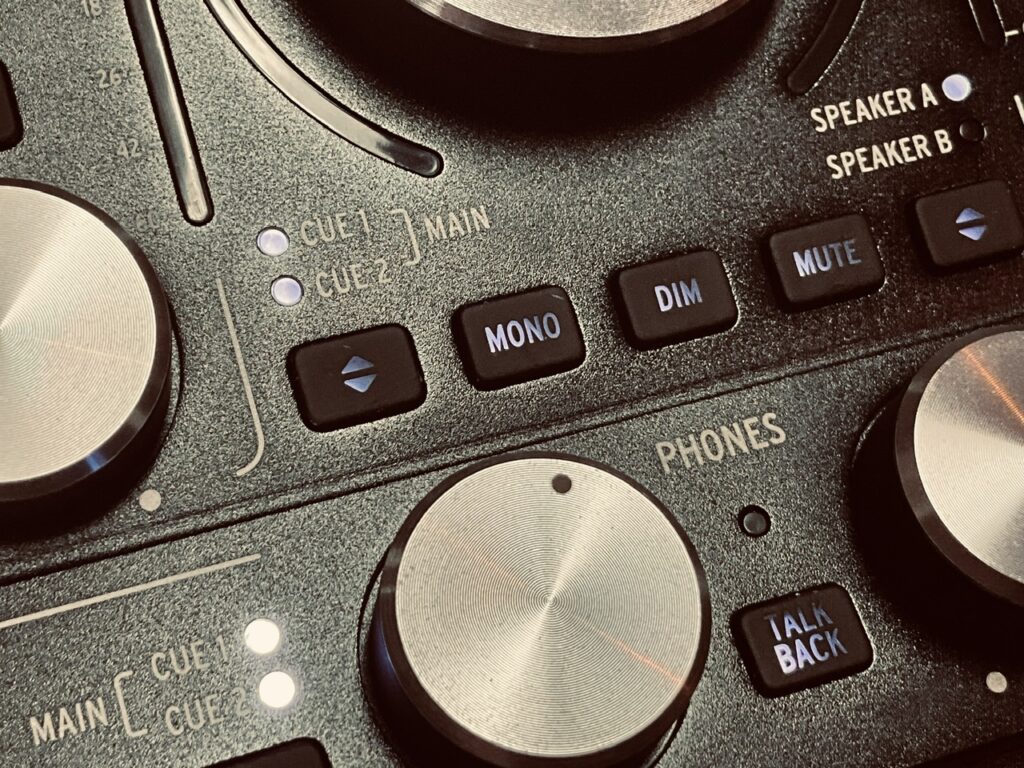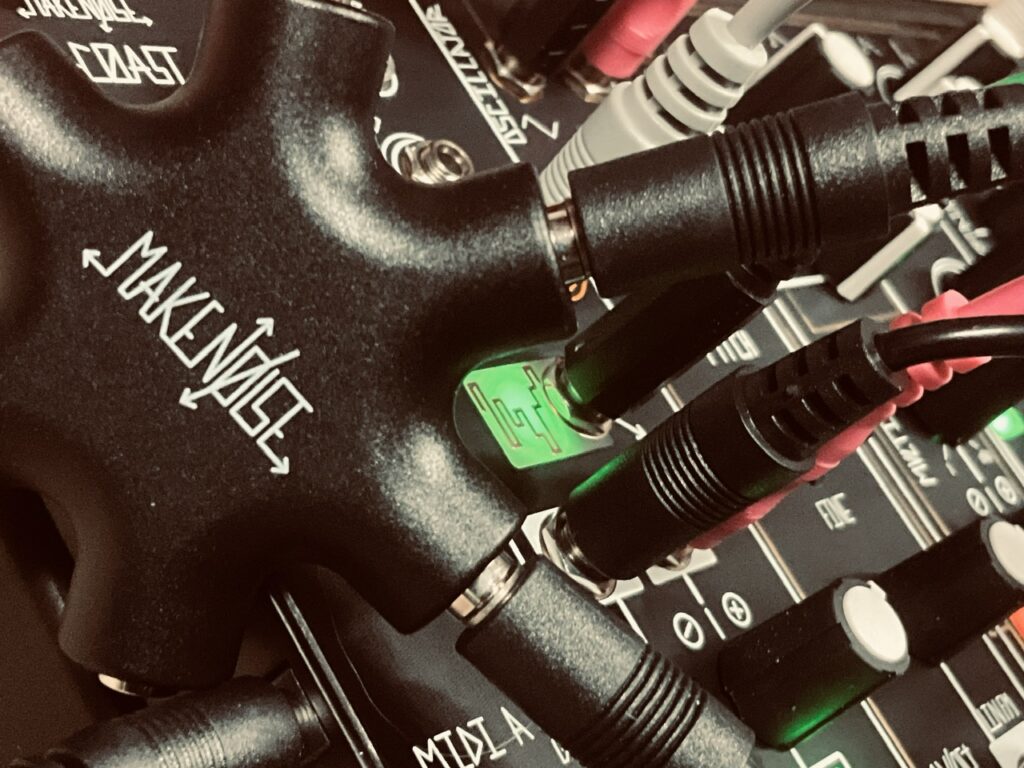It’s been a while since I’d played my Make Noise synth. It’s not part of my main synth, but down in my media room where I spend time to myself at night. Knowing my work schedule today, I knew that I wouldn’t have time to make a patch on the main synth, and I wanted more than just the iPad. So I made sure that tonight would be my return to this wonderful instrument. Only today I had a new addition. After dealing with a few technical difficulties with my audio interface, I was ready to go.
I was never really enthused by Spectraphon. Lots of people had an immediate case of GAS when it was announced, but it wasn’t something that drew my interest. Several months after release, I saw a couple of intriguing patches, and decided to revisit the early Spectraphon demo videos to get a decent hold of what it was and was not. Upon release, its resynthesis capability was the emphasis of most synthesists, and it turns out I was more interested in it being an oscillator, so when I found one at a decent price, I ordered it. Though I’ve had it for a couple of months, I hadn’t installed it until tonight with this very patch in mind.
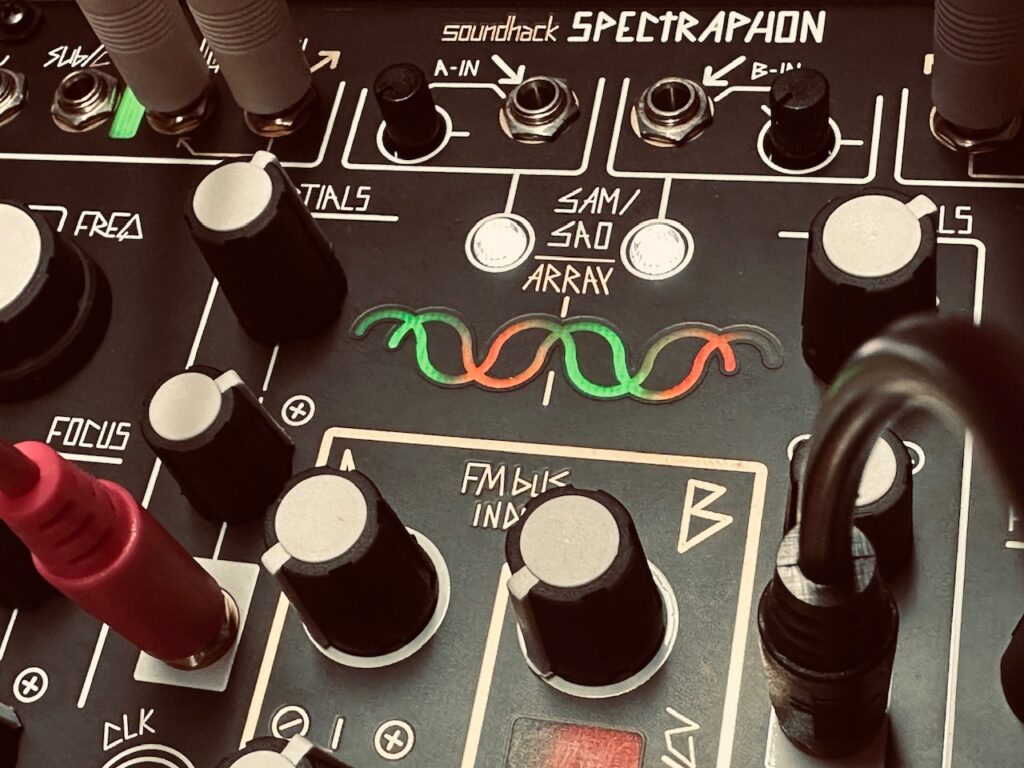
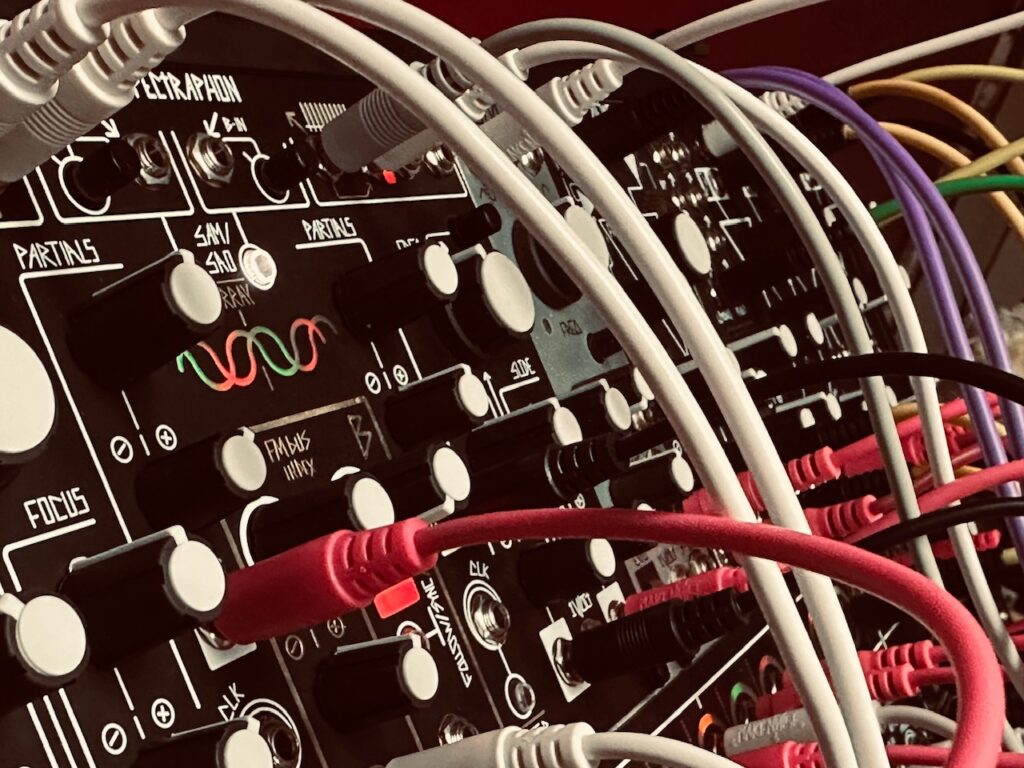
Jamuary 2511 was inspired by my recent patch, Jamuary 2505, which used the cascading envelopes from the Verbos Polyphonic Envelope. Make Noise doesn’t have a cascading envelope, but it’s easy enough to patch up using End Of Rise or End of Cycle outputs that Make Noise’s function generators do have. The envelopes don’t have the same sort of close relationship as with the Polyphonic Envelope, but each function can be tailored specifically how you want them, and each envelope can still be triggered the same way. I used four functions for the drone, each bringing its oscillator in and out of audibility. The first envelope started with Maths Ch1, then to the first Function, and then to a second. The second function generator in Maths won’t work for this patch because it only has a EOC trigger, and I needed EOR gates to trigger the next envelope so as one chord tone was falling, another would be rising. The second Function triggered Contour on the 0-Coast, which in turn completed the cycle by triggering Maths. The chain started with a gate output from 0-Control, before I quickly switched cables. All four envelopes had their decays modulated in one form or another so the recycling chain of chord tones wouldn’t repeat exactly the same.
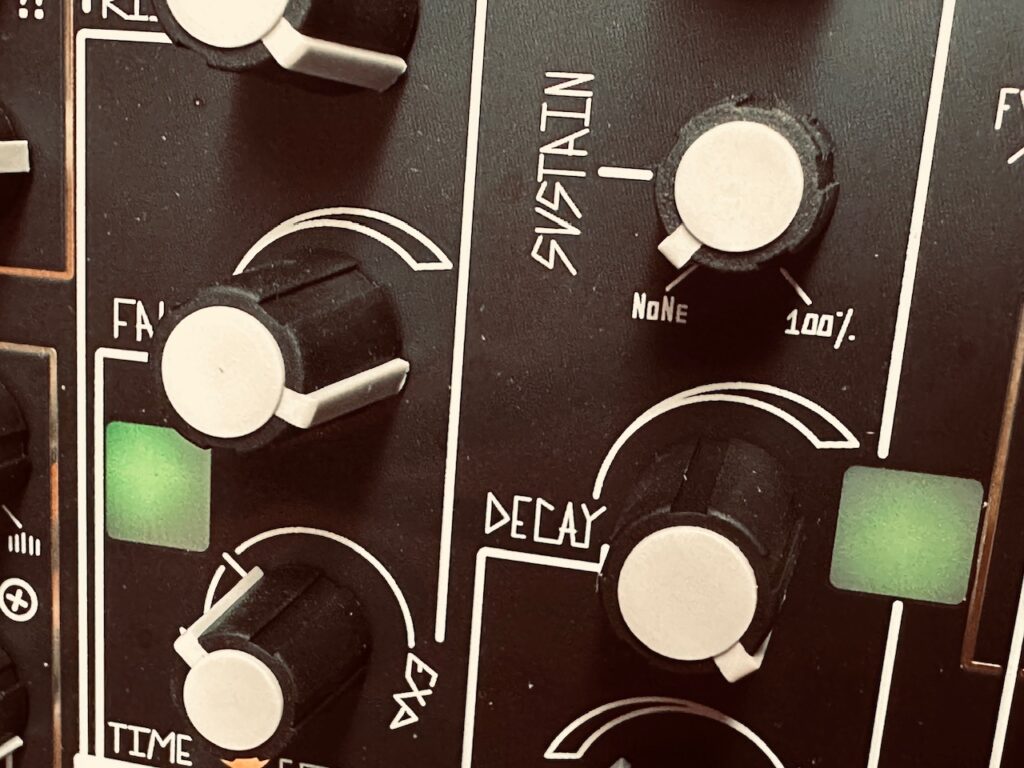
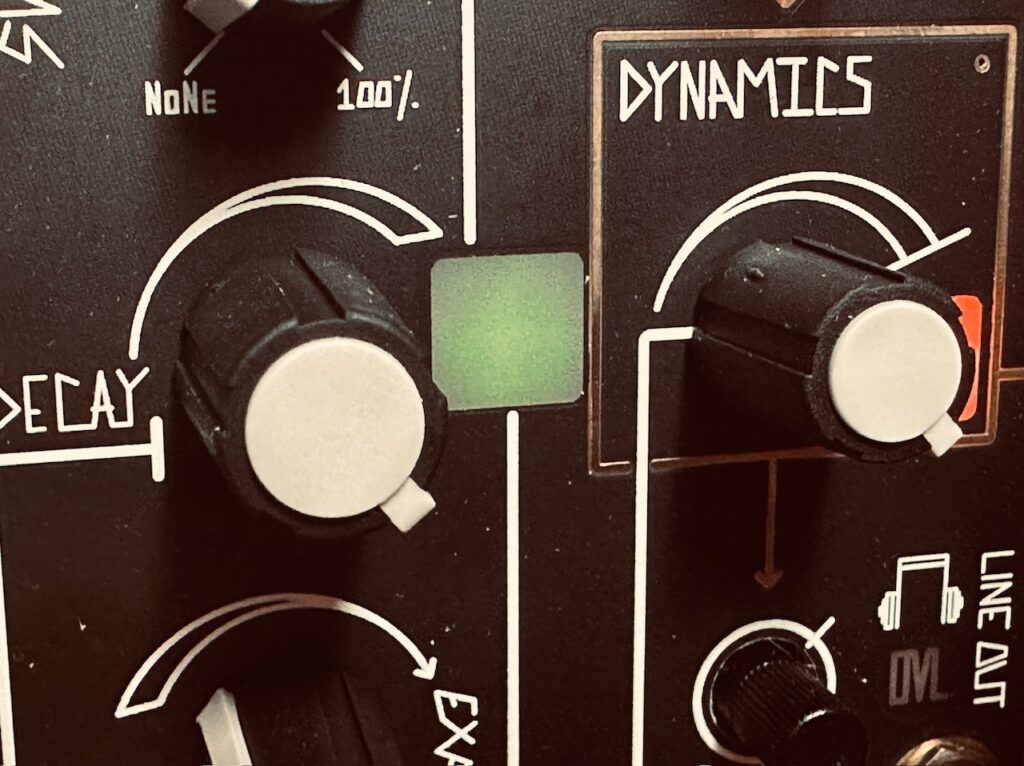
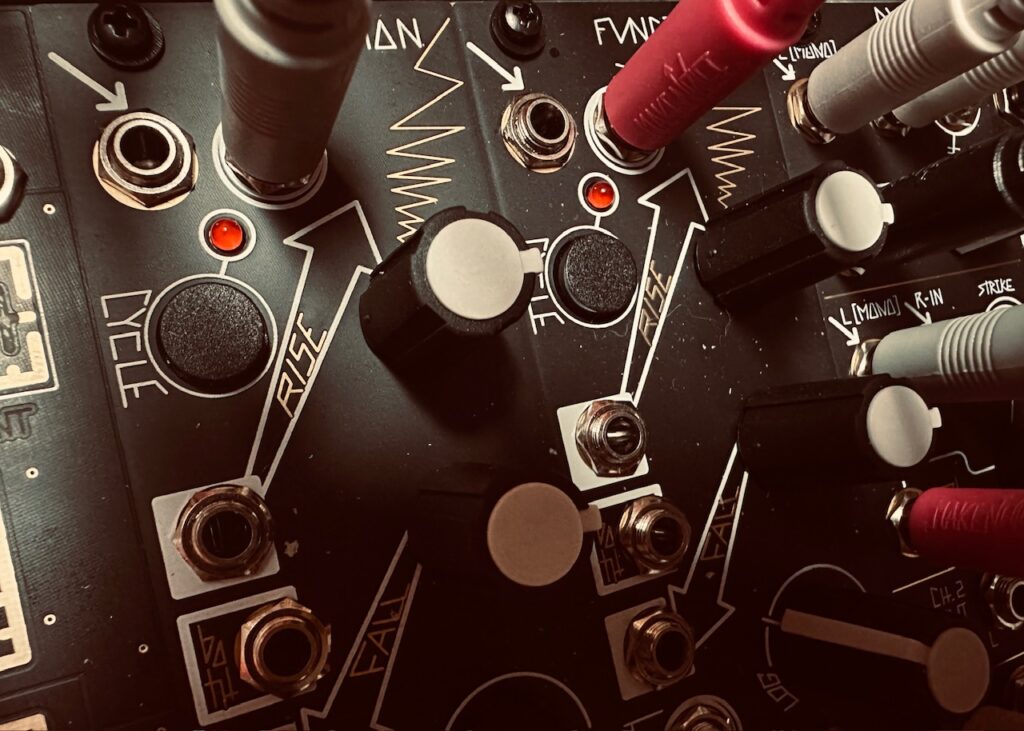
In total five separate oscillators are used in this patch. Maths Ch1 controlled Spectraphon A’s Odd and Even outputs in DXG. The first Function controlled Spectraphon B’s Odd and Even outputs in DXG. Both sides had Partials, Slide, and Focus modulated to some degree, and oscillator A was having its FM Bus lightly modulated to give it a bit of growl. The second Function controlled STO’s Waveshaper output in QMMG (LPG mode), and Contour controlled 0-Coast’s oscillator with its built-in LPG. Strega just drones on.
All of these signals were mixed in stereo, and sent to QPAS and out of the Smile Pass outputs for some subtle picking out of harmonics and a gooey, gooey swirl. The cutoff frequency was modulated by Maths Ch2, cycling away, and Radiate L and R were modulated by Wogglebug. I gave QPAS increasing amounts of drive as the patch played on.
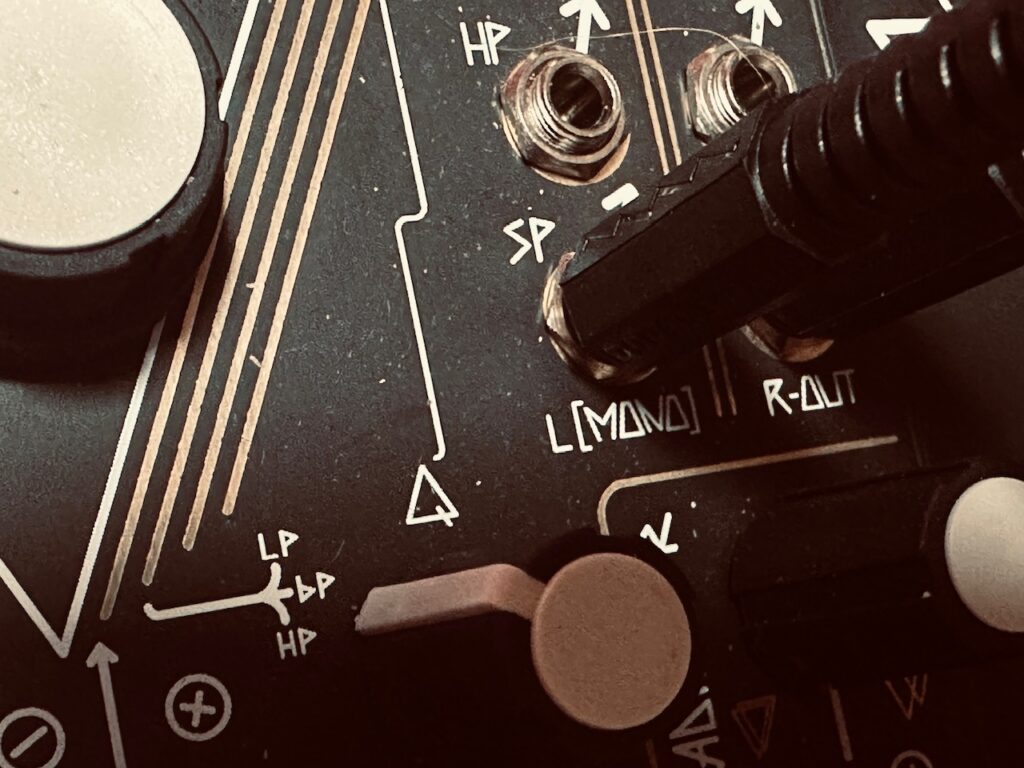
From QPAS signal went to Mimeophon for some delay and further stereo movement. I had it modulated, but it just didn’t sound very good, so took it all off.
When I first got Strega I was preoccupied by figuring out the best way to stereo-ize it. It doesn’t exactly need it, Strega is a wall of sound kind of wash, but some movement in the stereo field is nice. It turns out I had the answer the whole time: Mimeophon. I hadn’t yet tried that until tonight (for some stupid reason or another), but it’s perfect. QPAS works great too, but it can be too much at times, whereas the Mimeophon is more subtle. I had used a stereo reverb in the past, but I wanted more.
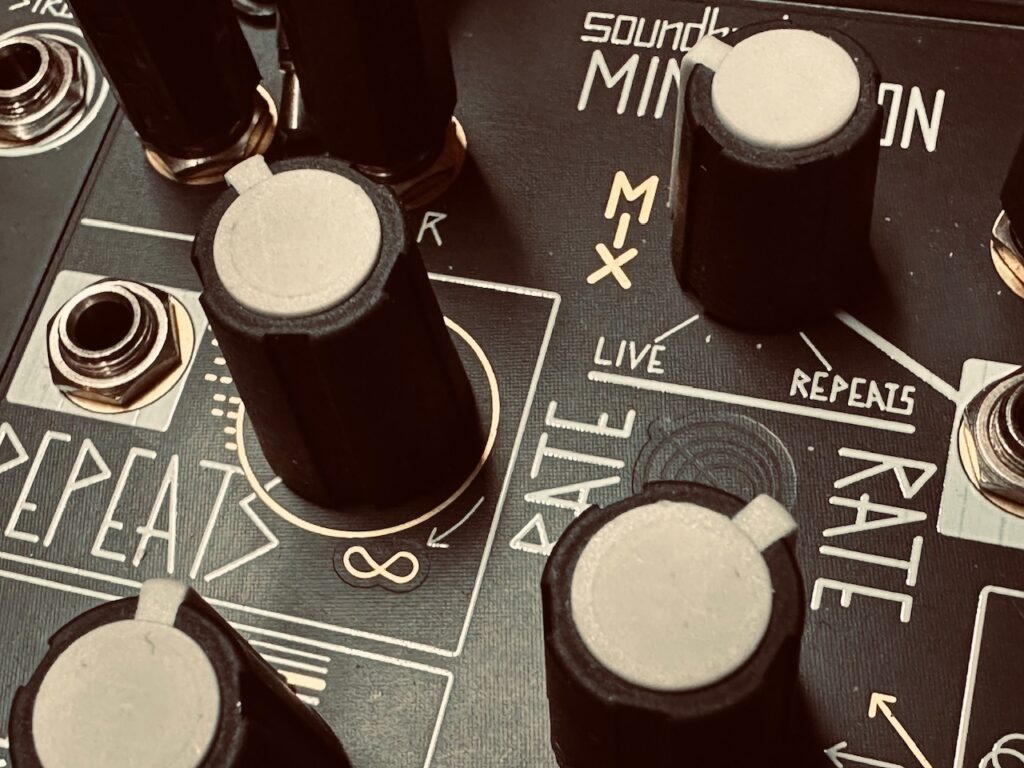
There was also a new pedal in the mix tonight for reverb, the AC Noises Ricorda. My audio interface was giving me fits tonight when I sought to use sends, and so I couldn’t use it how I normally would. I had to control the wet/dry mix on the pedal, which is less than ideal, and it didn’t work exactly how I wanted it to work. The reverb sounds great, even if I’m a bit less enthused with its implementation of granular, which seemed to spit out grains in even intervals. First one, then two at twice the speed, then four, then eight, etc. it just didn’t sound natural. I’ll have to dig in the manual to get that sorted. I also used it to add noise with a scratchy pot, that was pretty cool, even if I didn’t use it enough.
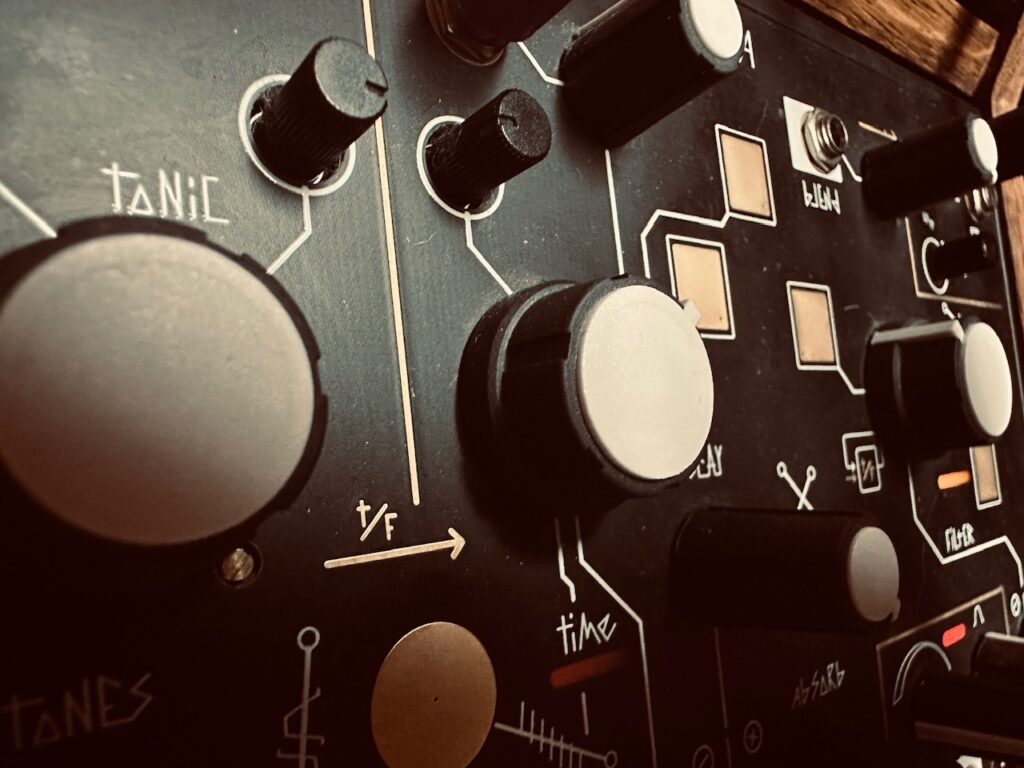
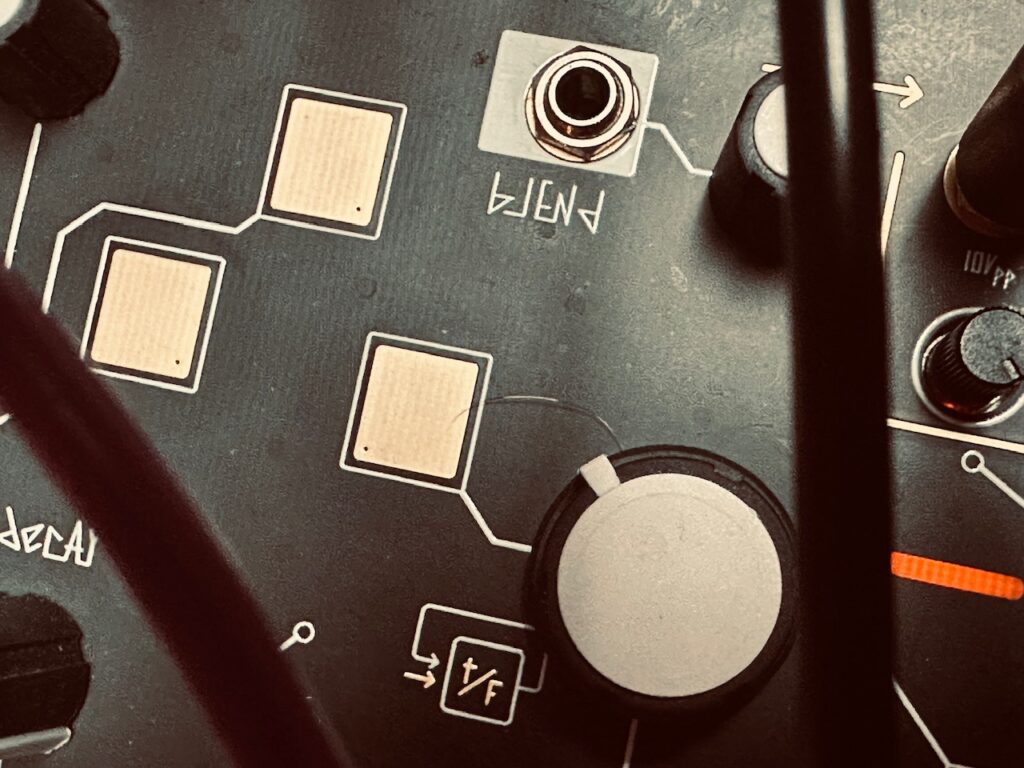
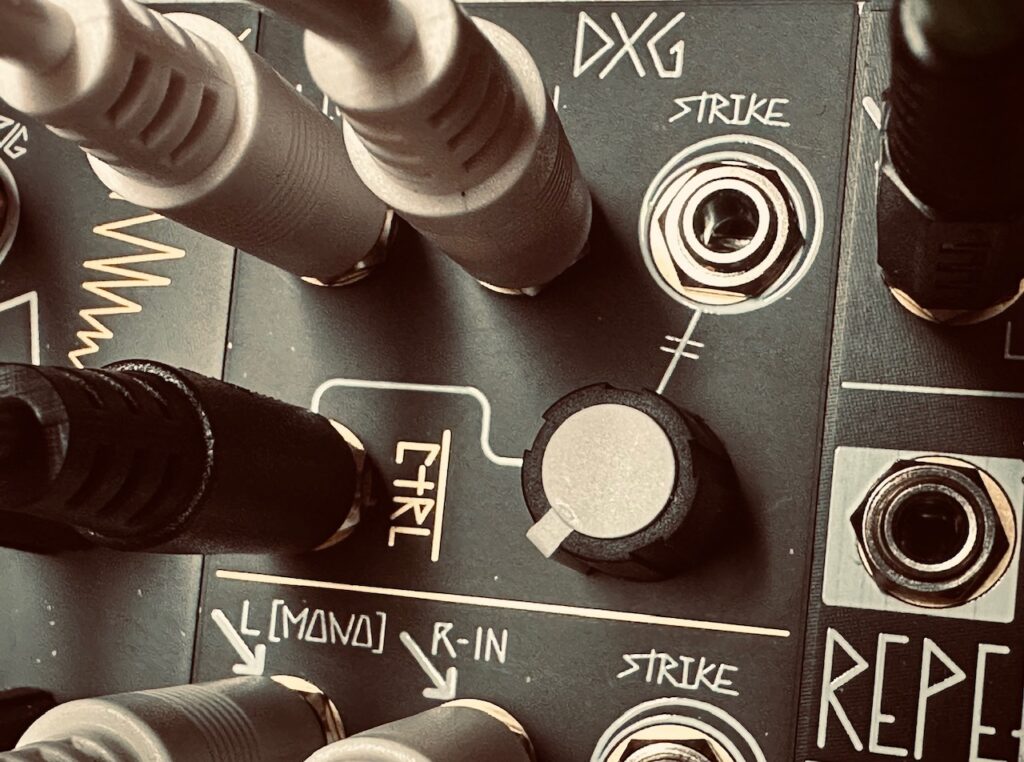
Modules Used:
Maths
Function
Spectraphon
STO
0-Coast
Strega
QPAS
Mimeophon
DXG
QMMG
X-Pan
Wogglebug
0-Control
Knob Farm Ferry
Outboard Gear Used:
AC Noises Ricorda
Improvised and recorded in one take in AUM via the Expert Sleepers ES-10 and Arturia AudioFuse.

